
The sad saga of the Boeing 737 Max has been a slow-burning corporate, engineering, regulatory, human-interest and public-relations nightmare for going on six months now—with no end in sight. The magnitude of Boeing’s deadly foul-up is a frequent topic of conversation in airliner cockpits, and considerable ink has been spilled over the subject in both aviation and general media. Now, I’m not an aeronautical engineer, and I have yet to fly the 737, but quite a few of my friends are current or former 737NG pilots at various U.S. and European airlines. The general consensus is that the Max was simply one stretch too many of an airplane that had already been shoehorned into an ever-expanding number of sizes and roles until it barely resembled the well-considered original design.
The bigger story here, I think, is the decline of Boeing’s reputation for engineering excellence since its 1997 merger with McDonnell Douglas. Since the merger, not one but two new Boeing airliners have been grounded by the FAA, the first such groundings since McDonnell Douglas’ own DC-10 in 1979. The Boeing 787, while a fine design, has suffered many quality-control problems stemming from a complex outsourcing scheme that only an MBA could love, and a union-busting move to South Carolina, bypassing the experienced and costly Seattle workforce. The most serious flaw was a subcontractor’s defective lithium-ion batteries that were prone to thermal runaway and fire, an eventuality that Boeing (and the FAA) failed to predict and mitigate. Luckily, no airplanes crashed, but the type was grounded for several months. The subsequent rushed development of the Max and the half-assed Maneuvering Characteristics Augmentation System that few at Boeing—and even fewer Max pilots—knew about, as well as Boeing’s pathetic dribbled-out response to the two crashes, suggest that Boeing management learned little from the 787 debacle.
Diese Geschichte stammt aus der November 2019-Ausgabe von Flying.
Starten Sie Ihre 7-tägige kostenlose Testversion von Magzter GOLD, um auf Tausende kuratierte Premium-Storys sowie über 8.000 Zeitschriften und Zeitungen zuzugreifen.
Bereits Abonnent ? Anmelden
Diese Geschichte stammt aus der November 2019-Ausgabe von Flying.
Starten Sie Ihre 7-tägige kostenlose Testversion von Magzter GOLD, um auf Tausende kuratierte Premium-Storys sowie über 8.000 Zeitschriften und Zeitungen zuzugreifen.
Bereits Abonnent? Anmelden
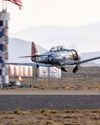
The Temple of Speed
Reno entices even this altitude-oriented pilot.

Flat Sixes
Fanatical artisans
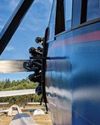
Blue over Green, Tent in Between
I’m old , I’m cranky. Why do I keep air-camping?
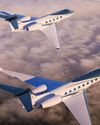
Gulfstream Reveals G400, G800
The product lineup gains large-cabin and ultralong-range mounts.
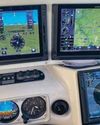
Every Airplane Requires a Checkout
Embrace the challenge of mastering a new machine.
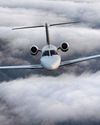
Fuhggedaboutit
Fifty-plus years of f lying forgetfulness

THE MAULE FAMILY APPROACHABLE AIRCRAFT
Choose your mount —the Maules do it all.

Sisters
“ Women certainly have the courage and tenacity required for long flights.” —Mildred Doran
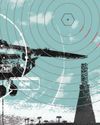
INSIDE OUT OR OUTSIDE IN?
What kind of pilot should you be?
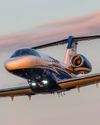
WE FLY: CESSNA CITATION CJ4 GEN2
THE FLAGSHIP CJ JUST GOT A WHOLE LOT BETTER.